FTC Disclosure: If you make a purchase via a link on this site, We may receive a small commission on the transaction - at no added cost to you. Thank you!
Honeysuckle for Hummingbirds,
Nature's own Hummingbird Feeder
You may need to stand back when planting honeysuckle for hummingbirds to avoid being hit by the hummingbirds when they flock to your vine. These plants/vines have an abundance of sweet nectar for the hummingbirds and a very sweet aroma for us to enjoy.
When growing or pruning Honeysuckle vines precautions need be taken such as harming the birds with fertilizer or cutting down a nest. Nonetheless, hummingbirds love these vines and so do us northern gardeners. If you live in our colder climate, you know what I mean. Our growing season is short and many vines such as The Hummingbird Trumpet Vine won’t grow here.
Honeysuckle for hummingbirds does well in Zones 4 and 5. Even if you have little time to maintain the vines, they are generally low maintenance. They produce a bounty of pretty flowers that you can use to hide a garden sore spot, provide extra privacy or simply add a lot of beauty to your property.
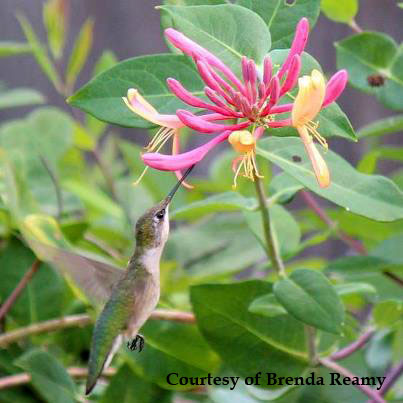
How to Grow
Honeysuckle for hummingbirds.
1. Buy the plants. We recommend Direct Gardening because you can save when you buy direct.
2. Plan
a location that would be suitable for a good size vine. Honeysuckle grows
quickly. They can grow as tall as 20 feet in some locations. It is critical
that you plan for this rapid growth. If you plant more than one vine, plant
them a good distance apart. We usually say to plant them about 5 feet apart.
Honeysuckle vines can grow well on trellises. Today there are a gorgeous
variety of trellises to choose from .
3. Sun requirements are simple. This vine grows in sun or partial shade. We found that the vine will produce more flowers when grown in a sunny location. The vines do better with at least 4 hours of sunlight each day.
4. Soil requirements are not an issue either. Honeysuckle vines grow in most any soil. If you would like to know what soil is the best, we would say an acidic soil of about 5.7. It’s always a good idea to mulch the soil. In the case of the honeysuckle, mulching and providing nitrogen ensures that the vine will flower.
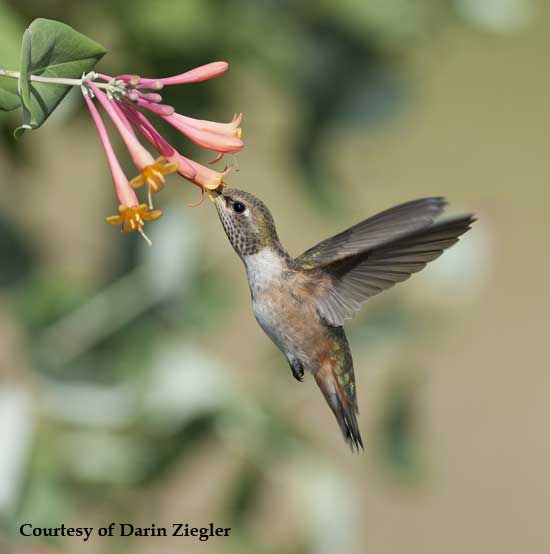
5. Fertilizer is not necessary. We never recommend chemical fertilizer when planting honeysuckle for hummingbirds. Hummingbirds need to keep their feathers extremely clean for their special flight. So they clean their feathers constantly by preening them. Chemical fertilizers can easily get on the feathers of the birds and they will ingest them when cleaning their feathers. We would never want to inadvertently harm our precious little friends. There are natural fertilizers available.
6. Pruning can really help to promote thicker growth. We like to prune our vine at the beginning of the season in the spring. Later in the summer, we cut the plant back just a little more. I enjoy this summer pruning because its fun to bring the flowers inside. Always be extra careful when pruning a hummingbird plant in the spring. A hummingbird nest might be hidden away inside the plant. You might destroy the nest accidentally. Hummingbird nests are extremely tiny. So check carefully before pruning.
7. Set back and enjoy your honeysuckle for hummingbirds vine and watch them enjoy the sweet nectar.
When we were kids, it was fun to pick the flowers from the vine and suck out the nectar for a sweet treat. If you have children, this is a great way to teach them a little about nature. This is how I developed affection for nectar sipping hummingbirds. As a child, I enjoyed watching the tiny birds and didn’t mind sharing the sweet food.
There are many advantages to planting a Honeysuckle for hummingbirds.
Dropmore Scarlet Honeysuckle Vine
Hummingbirds are attracted to orange-red flowers and sweet nectar, both abundant features of the hybrid Dropmore Scarlet Honeysuckle Vine
It couldn't be easier to grow. Dropmore will withstand cold winters, put up with drought and doesn't need anything but a half-day of full sun and some moist, fertile soil to perform at its best.
It's a rugged semi-evergreen climber that's virtually indestructible, even with haphazard pruning.
Each year, from June to September, you can look forward to lightly fragrant masses of scarlet-orange tubular flowers that give way to small red berries in the fall which the birds just love.
- Red Trumpet Flowers Attract Hummingbirds
- Hardy Fast Growing Vine
- Birds Attracted to Red Berries
- Very Easy Care
BUY Dropmore Scarlet Honeysuckle
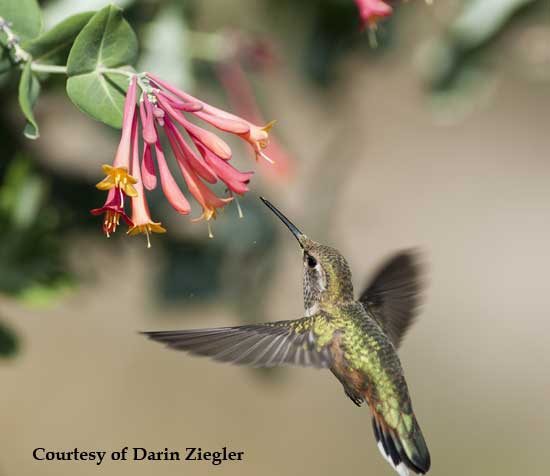
Visit Our Flower Shop for a Long List of
Hummingbird Attracting Flowers to Buy!
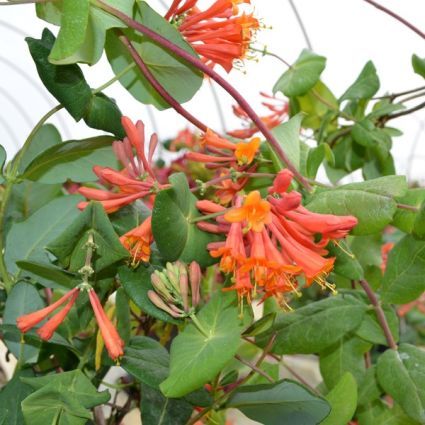
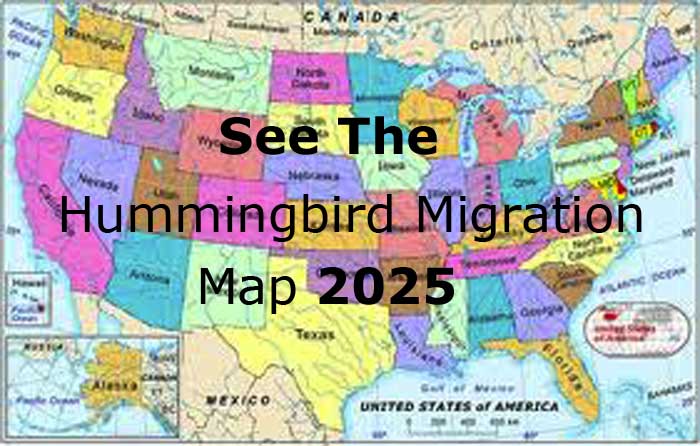

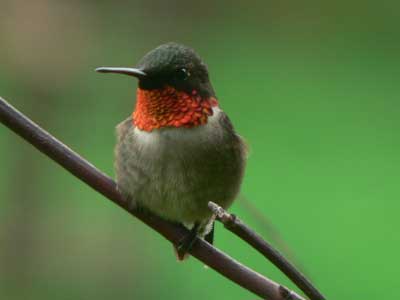
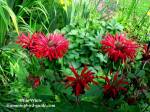



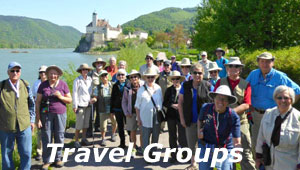

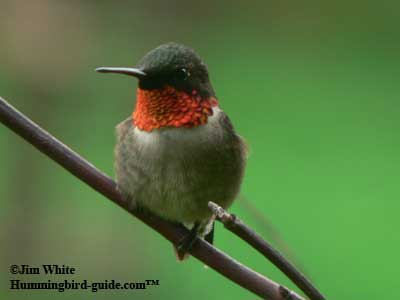
New! Comments
Have your say about what you just read! Leave me a comment in the box below.